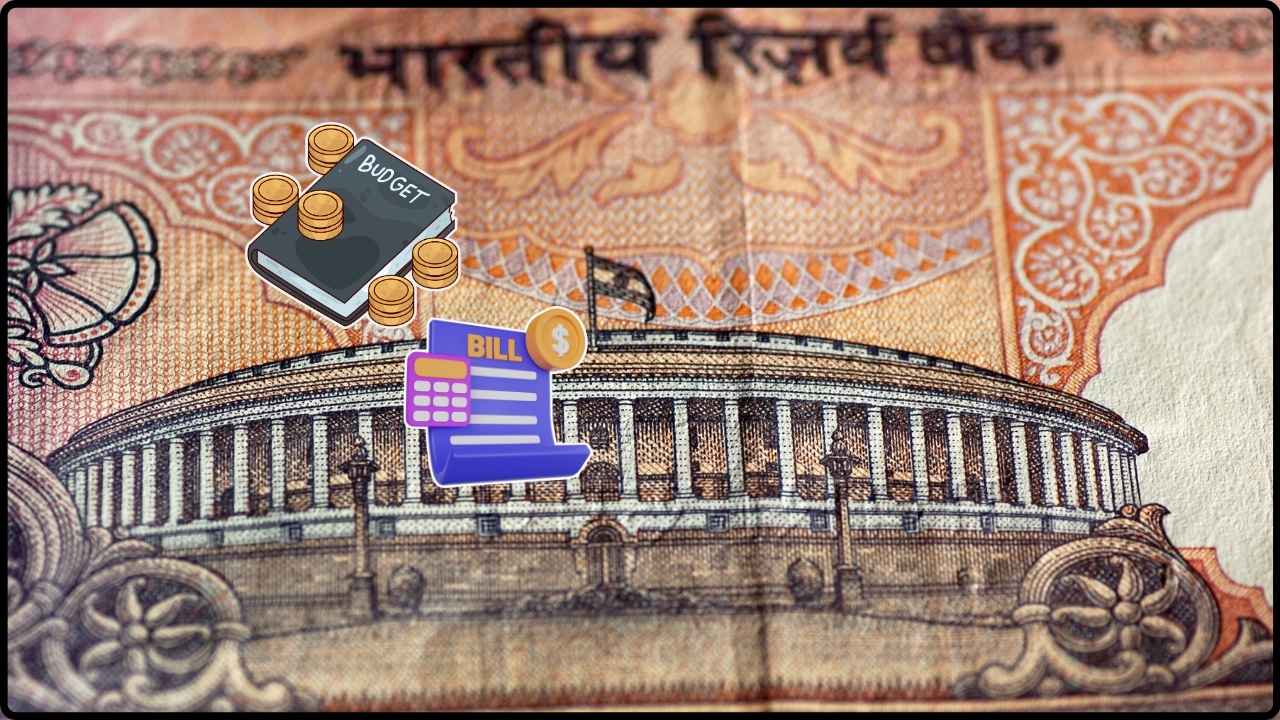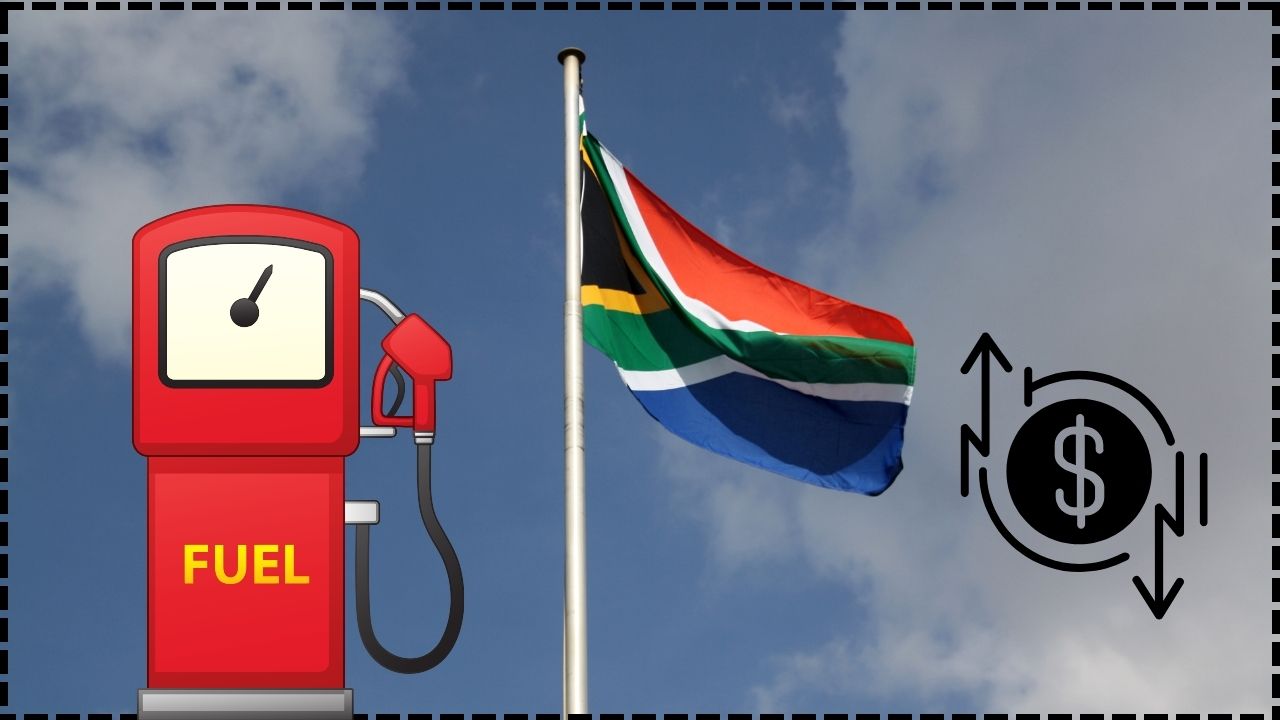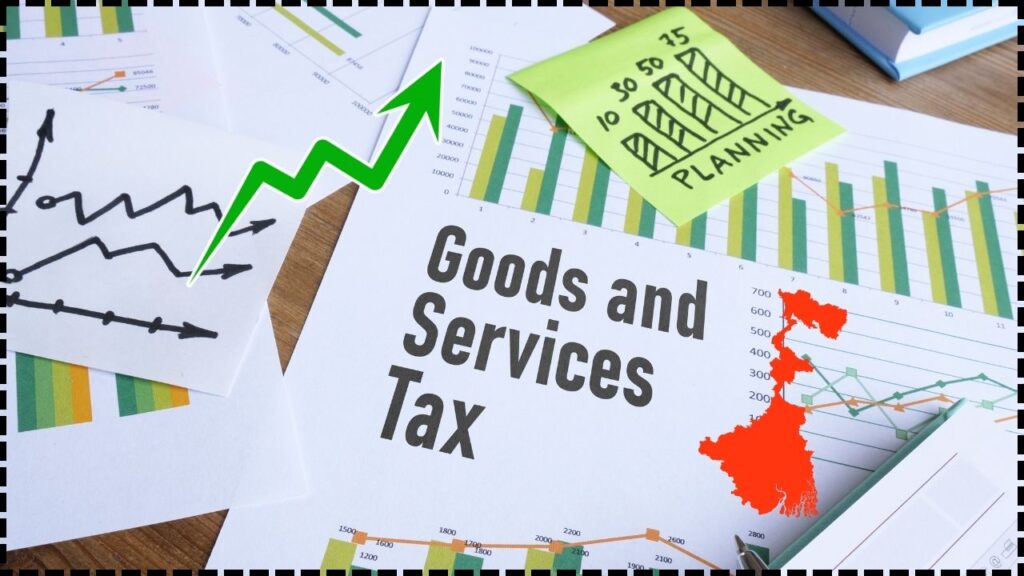
West Bengal Surges Ahead With 12% GST Growth: West Bengal surges ahead with 12% GST growth in July 2025, collecting ₹5,895 crore in Goods and Services Tax (GST) revenue. That’s a substantial jump from ₹5,257 crore in the same month last year. The numbers were confirmed by the Central Government and widely praised by the state’s leadership, especially Chief Minister Mamata Banerjee.
In her official statement shared on X (formerly Twitter), Mamata Banerjee called the surge a “robust sign of consumer and business confidence”. And she’s not wrong. A 12% increase in any tax category — especially indirect tax — indicates something deeper: growing economic activity, formalization of businesses, and improved compliance. But what’s behind this growth? How does West Bengal compare to the rest of India? And what should business owners, professionals, and everyday citizens make of it? Let’s break it down in clear, plain-English terms — while diving deep into the economics, policies, and practical implications behind the numbers.
West Bengal Surges Ahead With 12% GST Growth
West Bengal’s 12% GST growth in July 2025 is more than just a good number. It’s a reflection of resilient governance, growing consumption, and maturing businesses. With strong digital compliance, increasing formalization, and focused state policy, Bengal is not just playing catch-up — it’s moving ahead. For business owners, students, or policy professionals, this is a moment to watch closely. Economic growth isn’t just about GDP anymore — it’s about how governments enable, empower, and evolve in a fast-changing environment.
| Aspect | Details |
|---|---|
| Month | July 2025 |
| GST Collection (July 2025) | ₹5,895 crore |
| GST Collection (July 2024) | ₹5,257 crore |
| Year-on-Year Growth | 12% |
| Cumulative Growth (Apr–Jul) | 7.71% |
| Previous Month’s Growth (June) | 5% YoY |
| India’s National Growth Rate | 7.5% (₹1.95 lakh crore) |
| West Bengal SGST Target (2025–26) | ₹49,771 crore |
| SGST Collected in 2024–25 | ₹45,872 crore |
| Official Source | Central Board of Indirect Taxes and Customs (CBIC) |
| Chief Minister’s Statement | “Robust growth shows rising business and consumer confidence” |
Understanding GST and Its Importance
GST (Goods and Services Tax) is a nationwide indirect tax system implemented in India in 2017. It replaced a slew of older state and central taxes like VAT, service tax, excise duty, and more. The idea was simple: create one unified tax system, easy to administer and harder to manipulate.
In today’s context, GST is more than just a tax. It’s a litmus test for economic activity. Higher collections mean more goods are being sold, more services are being rendered, and more businesses are operating formally. In other words, a healthy GST number often signals a healthy economy.
For a state like West Bengal, which has historically struggled with industrialization and fiscal balance, a 12% jump in GST collections matters — a lot.
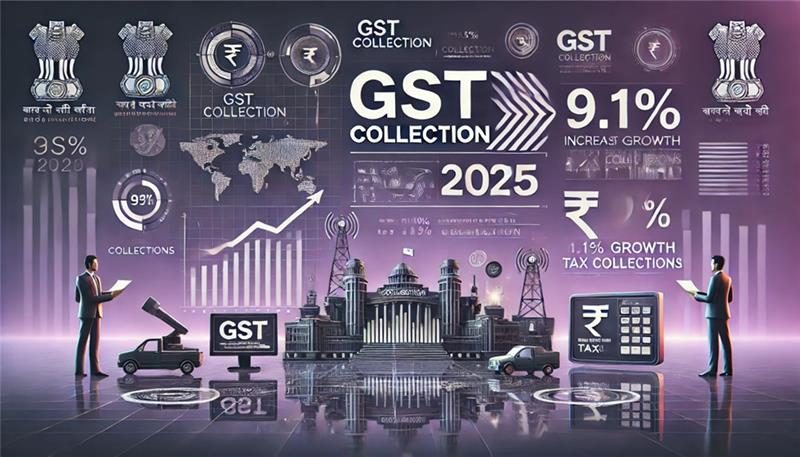
Why Is West Bengal’s 12% Growth So Significant?
India’s overall GST collection grew by 7.5% year-on-year in July 2025. But West Bengal beat that average by a solid 4.5 percentage points, suggesting stronger local economic drivers.
Let’s look at how Bengal stacks up against its peers:
| State | GST Growth (YoY, July 2025) |
|---|---|
| Tripura | 41% |
| Bihar | 15% |
| West Bengal | 12% |
| Odisha | 6% |
| Jharkhand | -1% (decline) |
Bengal is outpacing much of eastern India and closely trailing more industrially vibrant states like Maharashtra and Gujarat.
This signals policy success as well as a shift in business sentiment in Bengal. Mamata Banerjee’s government has frequently emphasized MSME development, ease of doing business, and digital infrastructure — all of which appear to be paying off.
Breaking Down the West Bengal Surges Ahead With 12% GST Growth Factors
So, what’s really driving this GST surge?
1. Rise in Consumer Spending
People are spending more. Whether it’s retail shopping, food delivery, electronics, or education services, the volume of taxable transactions has gone up. This correlates with post-pandemic economic normalization.
2. Greater Business Formalization
From small traders to mid-sized enterprises, more businesses are moving into the formal tax net — thanks to increased enforcement and simplified digital filing systems. When businesses go formal, they start collecting and remitting GST.
3. Digital Compliance Tools
Platforms like GSTN, e-invoicing portals, and automated reconciliation tools have improved compliance. Fewer leakages mean more money reaches government coffers.
4. Improved State Infrastructure
West Bengal’s investments in roads, industrial zones, and digital access have made business easier, especially in Tier 2 and 3 cities like Durgapur, Asansol, and Siliguri.
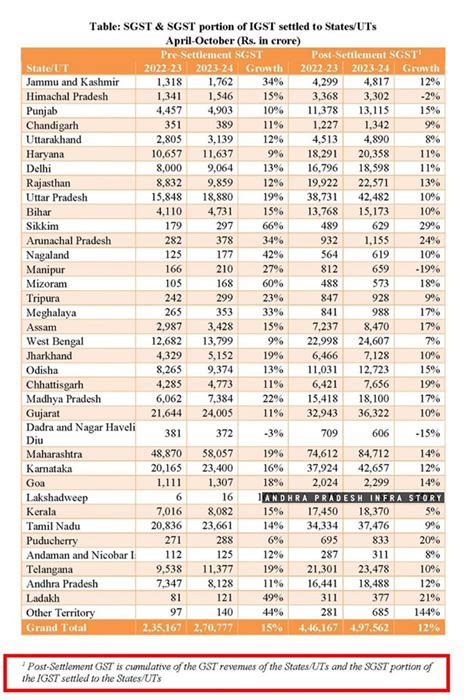
Expert Insights on the Surge
Dr. Arvind Sharma, Professor of Public Finance at Delhi University, notes:
“West Bengal’s GST growth reflects a broader trend of regional economic resilience. While major metros like Delhi and Mumbai show consistent growth, Bengal’s jump is especially notable given its complex mix of urban and rural economies.”
Ritika Basu, a tax consultant based in Kolkata, adds:
“The state’s efforts to bring traders and service providers into the GST fold have intensified. We’re seeing more clarity in filings, fewer defaults, and quicker resolution of mismatches — all of which boost collections.”
Visualizing Growth: Suggested Charts for WordPress
To add more depth to your blog or news coverage, consider including:
- Line Chart: Monthly GST growth in West Bengal (past 12 months)
- Bar Graph: State-wise YoY GST comparison
- Pie Chart: Bengal’s SGST share across sectors (Retail, Logistics, Manufacturing)
Free tools like Datawrapper or ChartBlocks can generate WordPress-embeddable charts in minutes.
The State’s Fiscal Goals and SGST Strategy
West Bengal has set a State GST (SGST) target of ₹49,771 crore for 2025–26. Here’s how that compares to previous years:
| Financial Year | SGST Collection |
|---|---|
| 2022–23 | ₹40,899 crore |
| 2023–24 | ₹45,872 crore |
| 2025–26 (Target) | ₹49,771 crore |
That’s nearly 22% growth over three years, indicating ambitious but achievable targets with the current momentum.
Debt and Deficit: A Responsible Growth Story
Another area where Bengal has improved is debt-to-GSDP ratio — down from 40.6% in 2010–11 to 36.8% in 2024–25.
Moreover, the revenue deficit (difference between income and spending) has also narrowed, signaling better budget management.
These aren’t just technical wins — they affect real lives by freeing up funds for welfare schemes, infrastructure, and education.
What Are the Challenges Ahead?
While things look good, some caution is necessary.
- Monsoon Volatility – Agriculture still plays a big role in Bengal’s economy. Unpredictable rains can affect income, consumption, and tax collections.
- Sluggish Global Trade – Export-driven sectors like tea and textiles could see pressure from international slowdowns.
- MSME Credit Access – Despite digital growth, many small businesses lack access to formal loans, which could slow growth.
What This Means for Professionals, Students, and Businesses
For Entrepreneurs – This is the right time to go formal. Register for GST, leverage credit, and use e-invoicing tools to stay compliant and grow.
For Students & Policy Analysts – Track these trends. Learn how state-level tax performance reflects governance, infrastructure, and economic health.
For Retailers & Traders – Automate filings, avoid penalties, and take advantage of input tax credits to boost profit margins.
For Investors – Bengal’s strong fiscal management may boost confidence in local projects and public-private partnerships.
Gauhati HC Rules GST SCN Invalid Without Personal Hearing Date
GST Amnesty Scheme Alert — Must-Read Advisory for All Registered Taxpayers
Odisha’s GST Act Set for Major Overhaul: Simplification & Flexibility Are Coming



